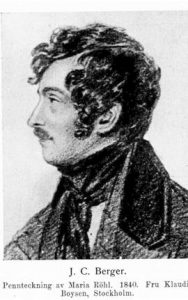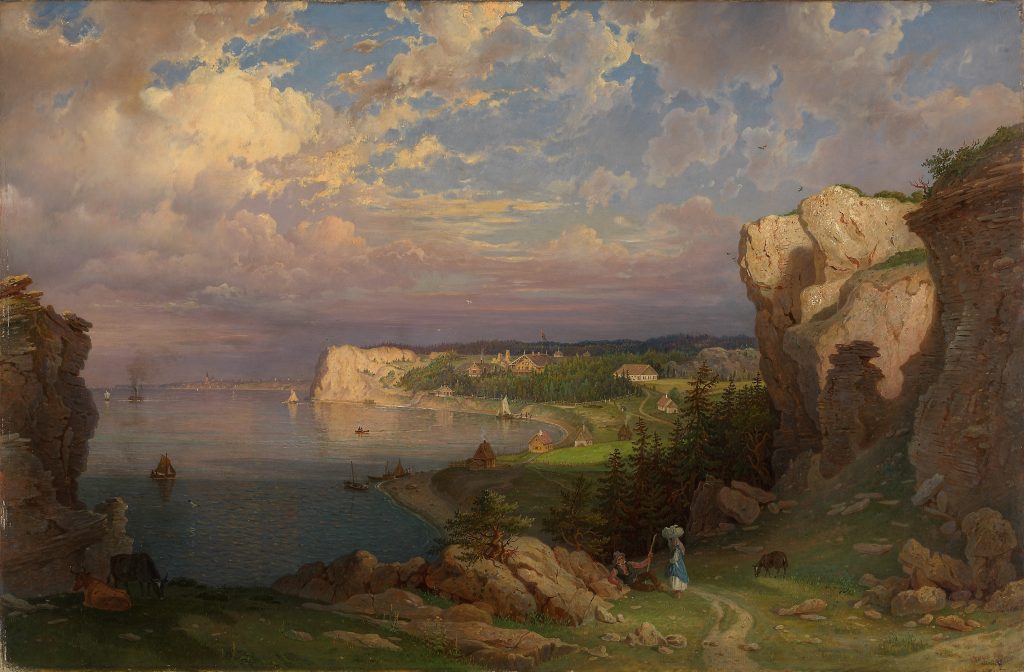Idag beger jag mig åter till min karta över Augustas hemtrakter i Qvillinge, närmare bestämt till Gräslinge där en av bygdens viktigaste personer bodde ”Den gamle beskedlige prosten”
Han hette Nils Mobeck och var född 1792 i Mogata utanför Söderköping. Efter studier i Uppsala blev han prästvigd 1818. Hemma i Östergötland blev han så lektor i Linköping 1821 och undervisade bland annat i teckning. Två av hans elever blev sedermera kända konstnärer, Carl Jacob Lindström och Johan Christian Berger.

1823 blev Nils Mobeck som 31-åring, utsedd till kyrkoherde i Qvillinge och Simonstorp. Han bosatte sig på prostgården Gräslinge i närheten av Qvillinge kyrka. Han beskrivs som mångsysslare med intresse för sång, musik och litteratur. Inte nog med det, han var själv en bra tecknare och konstnär. På Uppsala universitetsbibliotek ska hans teckning ”Gud Fader då han skiljer mörkret och ljuset” finnas. För oss arkivforskare uppskattar vi att han även hade en vacker lättläst handstil, vilket inte alltid är fallet med prästernas kråkfötter i gamla kyrkböcker.
När Augusta flyttar till Loddby 1835 har prostens hustru några år tidigare dött i vattusot, och på gården bor nu prosten Nils och döttrarna Hilda och Mina som var lite äldre än Augusta.
1851 skriver Augusta i dagboken om julottan:
Julottan hörde vi en ledsam och långsam predikan af den gamle beskedlige Prosten
Han började bli lite till åren och kanske hade han hellre suttit hemma och tecknat istället för att hålla predikan i en kall kyrka.
Men nu söker vi oss tillbaka till hans elever. När jag tittade på de få målningar som finns av Augusta, såg jag i kanten av den tuschteckning som är gjord av Augusta som barn. Där står C Berger 1839. Kan det vara så att Berger hälsade på sin teckningslärare i Kvillinge och att familjen Söderholm då passade på att få Augusta förevigad. Vi vet inte, men teckningen finns kvar och Augusta har den där typiska frisyren som en 12-årig flicka hade 1839.
När jag letade efter ytterligare målningar som Berger målat, hittade jag på nätet en målning av Högklint på Gotland. I bakgrunden ser man kyrktornen i Visby. Inte för att Augusta hade någon anknytning till Gotland. Men på målningen framträder Fridhem, prinsessan Eugenies sommarvilla byggd på 1860-talet. Det var hon som gav Augustas man Adolf Nordwall uppdraget att driva den förening som idag heter Djurens rätt.
Huvudbild:
Johan Christian Berger: Utsikt från Högklint, Nationalmuseum Oslo


